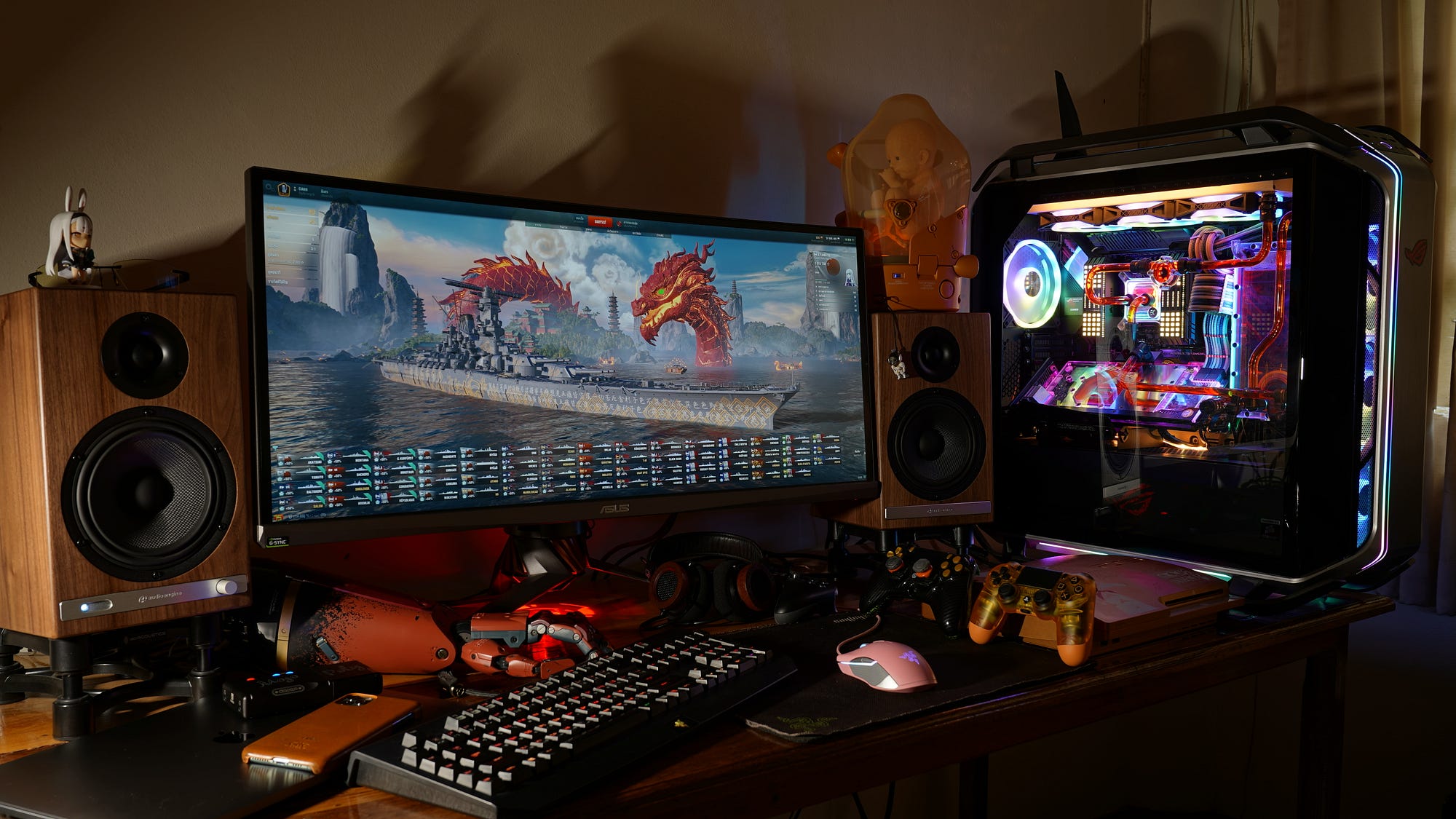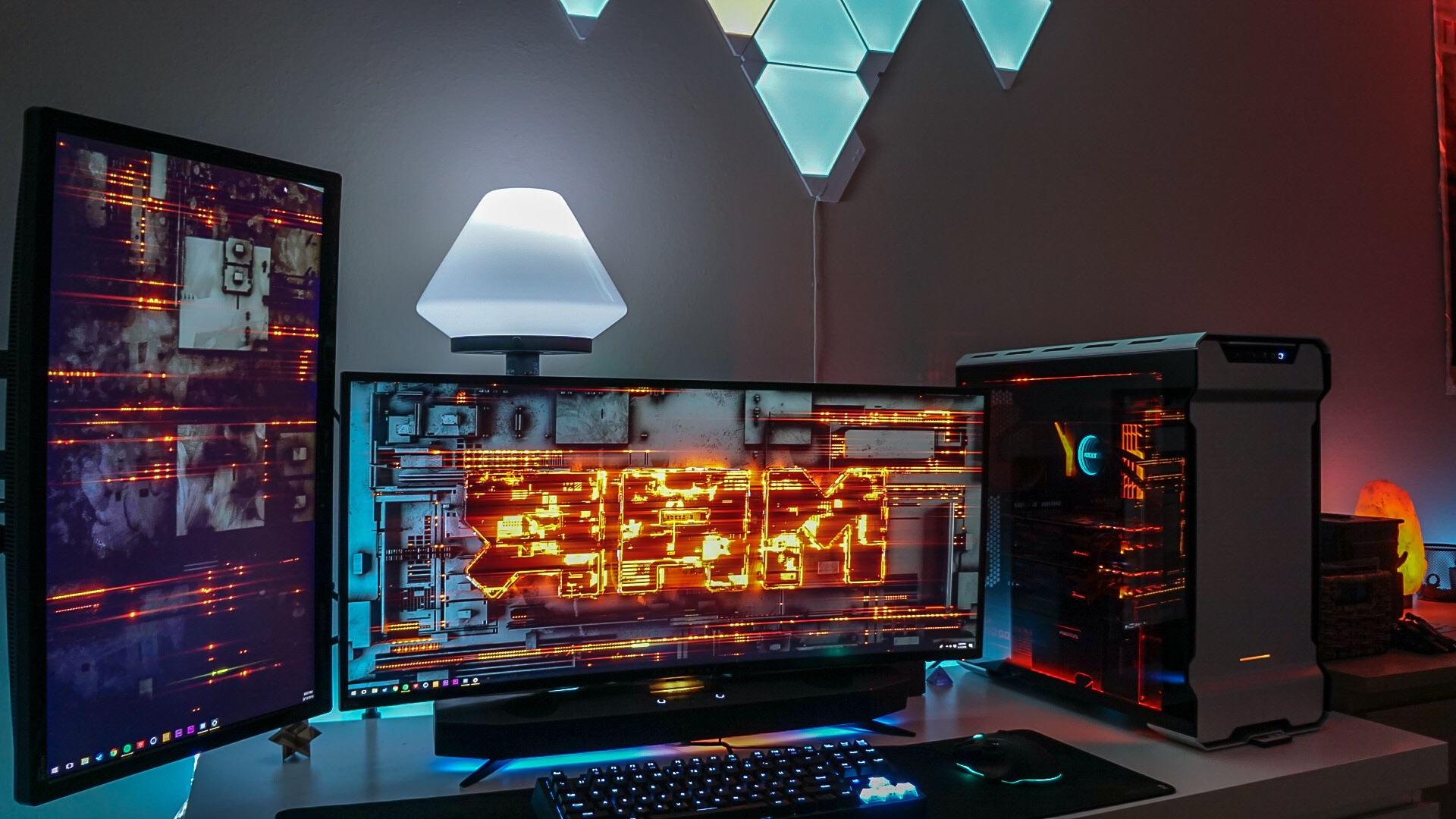Interested in gaming? Alternatively, are you a content creator looking to stream your games? You should get a perfect PC so that you have a remarkable gaming experience, especially for high graphics for most first-person games out there.
However, most high-end computers are costly. Other times, even with cash, you may be overwhelmed by the number of choices available to you.
In this guide, we will cover key components, their roles, and practical tips to help you choose a PC that fits your gaming goals. We shall target mid-level and high-quality and find out what offers the best performance for your cash.

Understand Your Needs
Before you decide, clarify what you need. Your gaming habit determines the kind of PC that you shall take. If you are playing fast-paced esports titles like Valorant or Fortnite, you need a great monitor, as they have high frame rates. However, they are not GPU-intensive.
On the other hand, if you are playing visually stunning AAA games like Cyberpunk 2077 or Baldur’s Gate 3, you need powerful hardware for high resolutions and ray tracing.
Finally, if you are a casino gamer, you don’t need much of either frame rate or hardware performance. You can also check the basic rules of blackjack at Blackjack.Guide to play the game more efficiently.
You should also check your budget. Mid-level builds balance cost and performance, ideal for casual gamers or those upgrading from consoles. High-quality PCs are for enthusiasts who want cutting-edge visuals and futureproofing. Let’s explore the components for each tier.
Component Selection
A mid-level gaming PC can deliver smooth gameplay with 1080p to 1440p with frame rates of up to 60 FPS on high to medium settings. This PC is versatile, as it handles most modern games without breaking your bank.
A high-quality gaming PC targets 1440p or 4K at 100+ FPS on ultra settings with ray tracing. It’s built for enthusiasts who want top-tier performance and longevity. Here are a few features to look out for in each category.
CPU (Processor)
When gaming, the CPU handles game logic, multitasking, and AI. If you are going for a mid-level build, go for processors with between six and eight cores. This ensures smooth performance and allows for browsing and streaming.
Go for the AMD Ryzen 5 7600X with 6 cores, or AMD Ryzen 7 7700X with 8 cores for multitasking. You can also pick Intel Core i5-14400F or i5-14600K for mid-level for higher performance with mid-level PCs. High-end PCs can go with AMD Ryzen 9 7900X or 7950X with 12-16 cores. You can also consider Intel Core i7-14700K or i9-14900K.
Graphics Card (GPU)
A gaming card should have a graphics card for rendering effects and visuals. When buying a mid-level build, go for cards that provide 1080p to 1440p rendering with decent ray tracing. Popular mid-level GPUs include NVIDIA GeForce RTX 4060, NVIDIA RTX 4060 Ti, and AMD Radeon RX 7600 or RX 7700 XT.
On the other hand, consider NVIDIA RTX 4070 Ti, NVIDIA RTX 4080, and AMD Radeon RX 7900 XT or 7900 XTX for high-end PCs. These GPUs deliver ultra settings, high frame rates, and advanced features like ray tracing and DLSS 3.
RAM
Random Access Memory allows the PC to run smoothly during gaming and allows you to multitask. For example, you could be playing an eSports game and streaming the game at the same time. Consider a 16GB option, either DDR4 or DDR5 RAM, for a mid-level PC and 32GB DDR5 for a high-end PC.
Storage
Go for fast and large storage for your PC. It reduces game loading times and makes the system more responsive. You can consider 1TB NVMe for fast load times or a 2TB HDD.
Motherboard
Go for a motherboard that support modern CPUs. This way, you can always upgrade the CPU rather than the entire PC. Practical options include B650 and B760 for midlevel PCs and 670E or Z790 for high-end builds with PCIe 5.0 capabilities.
Power Supply (PSU)
If you are going for a mid-level PC, go for one with a PSU of 650W-750W, 80+ Gold capability. For high-end PCs, pick 850W-1,000W, 80+ Gold or Platinum to handle the high-end GPU.

Case and Cooling
Advanced cooling prevents thermal throttling. Mid-level PCs can do with a case with a mesh front panel, 2-3 case fans, and a decent air cooler or budget AIO. On the other hand, go for a high-airflow case, 3-4 fans, and a 240 mm-360 mm AIO cooler for a high-end PC.
Monitor
Buy a monitor that matches your GPU capabilities. Go for a 1080p to 1440p refresh rate for mid-level computers. On the other hand, go for 1440p to 4K frame rate for high-end PCs. These match the GPU’s output for crisp, fluid visuals.
Conclusion
Choosing a gaming PC depends on your budget, target resolution, and games you play. A mid-level build offers great value for 1080p or 1440p gaming, while a high-quality rig delivers stunning 4K visuals and futureproofing.
Be careful on the GPU and CPU choice; ensure compatibility, but don’t skimp on cooling or power. Also, buy a good mechanical keyboard, gaming mouse, and headset, to enhance your experience.
